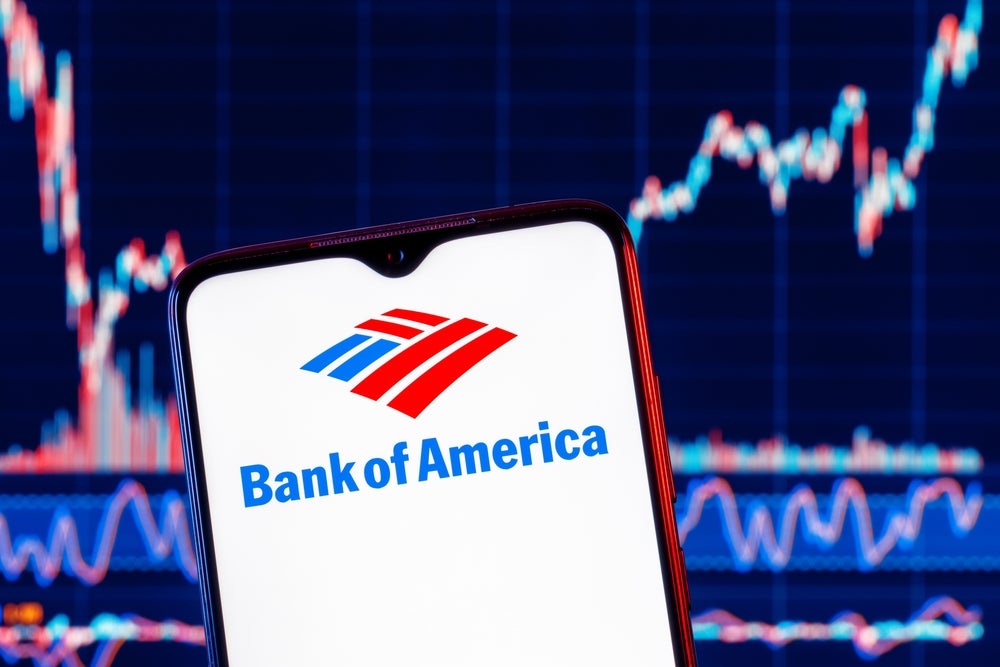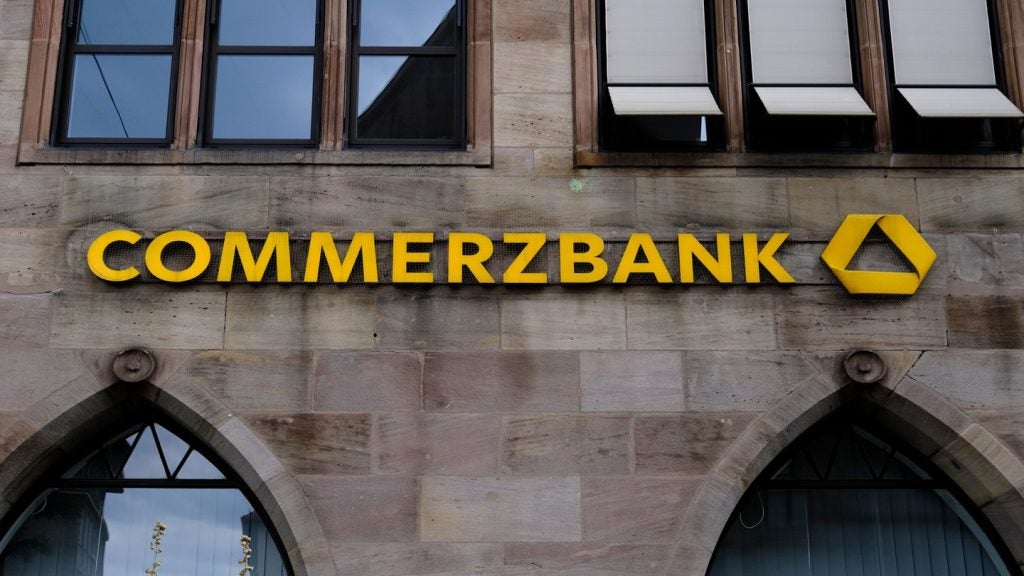While sovereign SLBs have been “lurking in the labelled bond field for a few years”, they are “now beginning to emerge into the light”, said Simon Zadek, executive director of research organisation NatureFinance and co-host of a recent webinar on how to connect the dots between sovereign debt markets and sustainability.
Hosted by Brussels-based economic think tank Bruegel, the webinar marked the launch of a new paper from NatureFinance, which explores how sustainability-linked sovereign debt (SLSD) can offer “a new set of tools” to tackle the “triple challenge of public debt distress, climate shocks and nature degradation”. The discussion was also tied to a Bruegel policy brief released days earlier, exploring how sovereign SLBs could help incentivise climate policies in EU countries and accelerate emissions reductions.
Sovereign SLBs have been among the slowest of the existing labelled bond instruments to take off. Instead, over the past few years, green bonds have emerged as a popular instrument among sovereigns, including 13 European countries and 18 emerging market economies that have released green bonds to date.
By contrast, just two countries, Chile and Uruguay, have issued SLBs so far. Both issued in 2022, the two SLBs raised $2bn and $1.5bn, respectively. Unlike green bonds, whose use of proceeds are limited to investment in green activities or products, such as a wind farm, SLBs tie issuance to key-performance indicators (KPIs) such as reducing emissions by a certain amount annually.
Overall, while historic issuance of sovereign green bonds has been impressive, their total valuation still pales when compared with ‘vanilla’ or regular sovereign debt issuance. In 2022, the total outstanding debt of environmental, social and governance sovereign bonds in Europe was $365bn, a drop in the ocean compared with over $10trn (€12trn) of regular sovereign debt.
As such, Bruegel’s paper notes there is a long way to go when it comes to ‘greening’ sovereign debt. This is important, it adds, given that a large part of the expected €350bn in additional annual capital expenditures to achieve net-zero emissions in the EU will need to be mobilised by the public sector.
Several possible factors explain why sovereign SLBs have seen such historically low uptake. The KPIs that sovereign SLBs are tied to must tread the wafer-thin line of being both possible to achieve, to prevent the issuer immediately missing the target and therefore defaulting on their debt, as well as challenging enough to constitute a worthwhile target.
Will sustainability-linked bonds replace green bonds?
According to Bruegel, the differences inherent in the structuring of SLBs compared with green bonds provide an opportunity for SLBs to thrive. Specifically, the think tank argues that flaws in the green sovereign bond model, which are becoming increasingly apparent as the asset class expands, provide a gap in the market that can be served by SLBs.
One key issue is that widespread uptake of green sovereign bonds “complicate budget management”, says Bruegel, with few countries able to explain how their green bonds align with wider national debt management strategies. In using its green bonds proceeds to supplement or refinance past government expenditures rather than future green projects, Germany, for example, fails to prove that green bonds provide “additionality”, which refers to evidence that the same projects could not otherwise have been financed.
Additional complications arise from the lack of convergence between existing industry standards issued by the International Capital Markets Association and the EU’s taxonomy for sustainable finance activities, which only recently became effective, or the EU’s voluntary green bond standard, which has not yet been finalised. There is no guarantee that investors’ expectations around what constitutes a sustainable investment will align with sovereign green issuance. This becomes increasingly problematic given that sovereign green bonds offer no contractual rights to investors if the issuer either fails to meet its target, or if it emerges that investor expectations of a sustainable outcome do not materialise.
By contrast, investors in SLBs are guaranteed a payout in the form of either higher interest payments if the issuer forfeits on its targets, or lower interest payments if it over-delivers. This is referred to as a ‘step-up/step-down’ financing structure, and it was part of both Chile and Uruguay’s SLBs.
Bruegel argues that the heightened pressure on investors and sovereigns alike to set decarbonisation targets creates a solid foundation for an increased uptake of sovereign SLBs, and a “single set of targets and performance metrics” across Europe, which could be based on existing EU legislation and policies; for example, national greenhouse gas emissions targets.
Tackling debt distress in emerging economies
While harder to arrange, SLSD instruments also offer a lifeline to emerging market economies, where just under half (45%) of countries are already at risk of debt distress. Of the countries at the forefront of climate disasters, 93% are “drowning in debt”, according to an April paper from humanitarian organisation ActionAid International. Recent initiatives like the Sustainable Debt Coalition initiative, launched by the Egyptian presidency ahead of COP27, aim to change this.
NatureFinance's new paper, issued in the run-up to the International Monetary Fund and World Bank Spring Meetings, argues that among several potential SLSD instruments, including debt-for-nature swaps, SLBs are the most scalable. During the Bruegel webinar, NatureFinance’s Zadek argued that emerging markets at risk of debt distress are on the precipice of falling into a “vicious cycle”; the harder it is for them to access sovereign financing, the harder they will find it to invest in improved resilience to climate or nature-related disasters.
Historically, performance-based financing models have led to “decades of contentious macroeconomic, fiscal and institutional conditionality imposed on debt distressed countries”, writes NatureFinance. It argues that SLSD instruments are different in three key ways: first, the performance model and indicators are defined by debtors rather than third-parties or creditors; second, the models are focused on supply side drivers of sustainable developments, like clean energy or forest preservation; and third, performance commitments are linked to variations in cost of capital, which are embedded into the financing instrument offered to the market.
During the webinar, Zadek argued that credit enhancement could prove a vital tool for lowering the cost of capital of issuing SLBs in emerging economies, in addition to “other, more complicated pathway[s]”, such as linking SLB KPIs with voluntary carbon or biodiversity markets.
“It seems clear to us – particularly in the context of the emerging market debt crisis – where you have such a large volume of distressed debt… credit enhancement could push up the investment grade link,” he said.
Zadek suggested that a “pooled approach to credit enhancement, that brings together [for example] multilateral development banks and sovereign issuers”, could “support growth” in the availability of capital for these products.
One example of how credit enhancement has aided the issuance of SLSD in emerging economies is the case of Barbados, whose 2022 debt-for-nature swap was backed by a $150m guarantee from the Inter-American Development Bank and non-profit the Nature Conservancy. The deal allowed the country to reduce its borrowing costs and use the savings to finance a long-term marine conservation programme. This was the first instrument to be guaranteed by both a multilateral institution and non-governmental organisation, and NatureFinance suggests such a model could be applied to SLBs going forward.
Outstanding issues remain for sustainability-linked bonds
While it may be becoming clearer how and why sustainability-linked bonds can and should be scaled globally, a number of outstanding issues have yet to be resolved. For example, thanks to their ‘step-up/step-down’ structure, SLBs could be perceived as encouraging investors to “root for failure”, as under-performance on KPIs would result in a higher interest income. NatureFinance describes this as a “perverse” incentive, although it points out that “arguably this would result in a deterioration of the credit fundamentals”, which should be reflected in lower valuations. NatureFinance also believes investors would be “unlikely to engineer such an outcome”.
A more fundamental unresolved issue is the question of whether sovereign SLBs can be proven to materially reduce transition risk.
In the case of corporate SLBs, that link is more obvious; were an oil and gas company to issue an SLB whose KPIs committed the company to increasing its renewables capex by 200% by 2050, there is a strong likelihood that its profit margins would increase relative to competitors doubling down purely on oil and gas. Given the already-diversified nature of sovereign investments, the case for a ‘virtuous cycle’ is harder to prove, especially in cases where KPIs are linked to whole-economy emissions reductions.
Finally, as confirmed in the Bruegel webinar, there is no evidence that the SLBs issued by Uruguay and Chile have resulted in a ‘greenium’, or discount for investment in a green as opposed to a vanilla bond. That said, Uruguay and Chile's SLBs were four times oversubscribed and simply "having the green label on that deal enabled [it] to get done in a volatile market”, said Caroline Harrison, head of research at the Climate Bonds Initiative, during the webinar. "It is not about being brilliant, it is about getting the deal over the line,” she argued.







